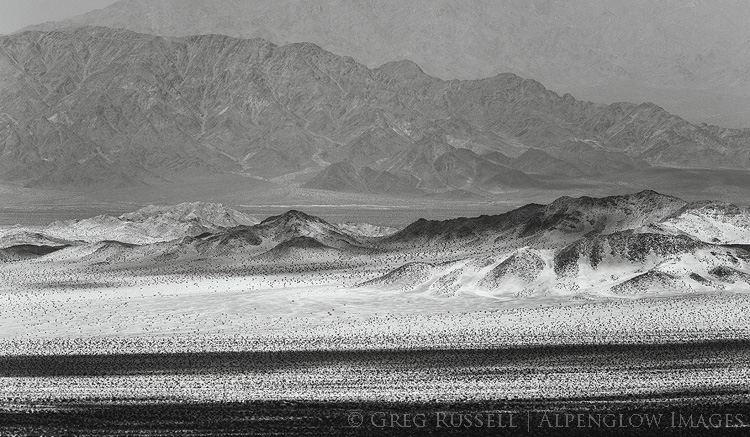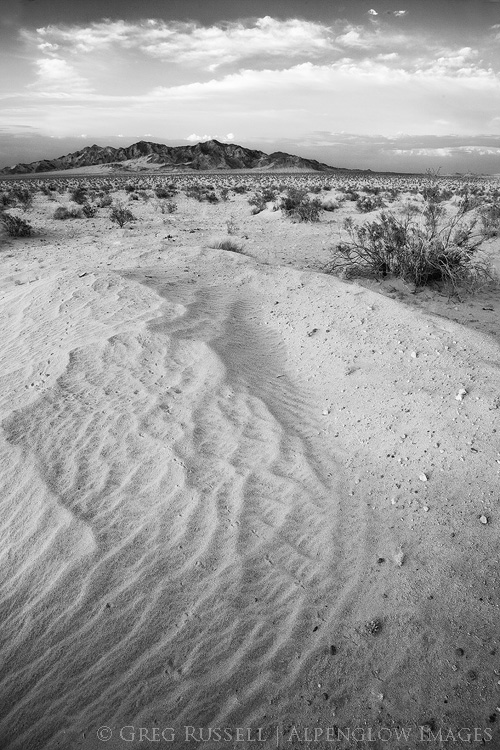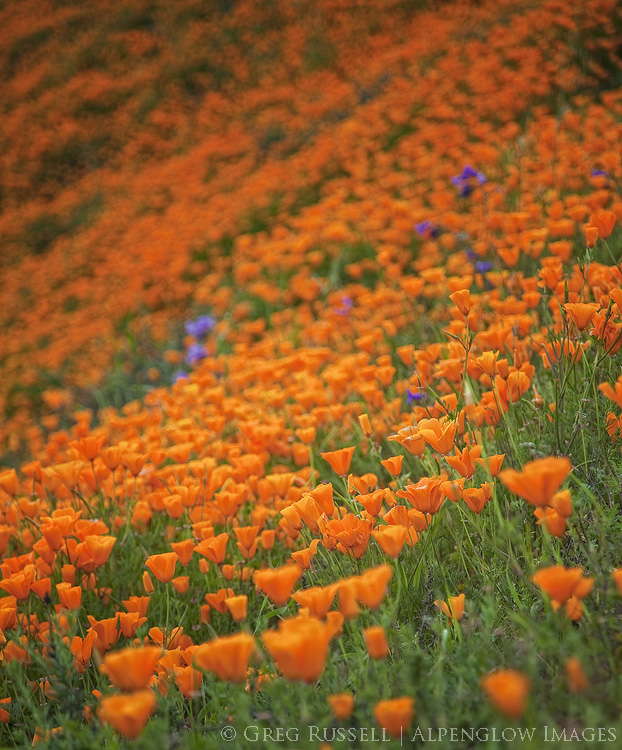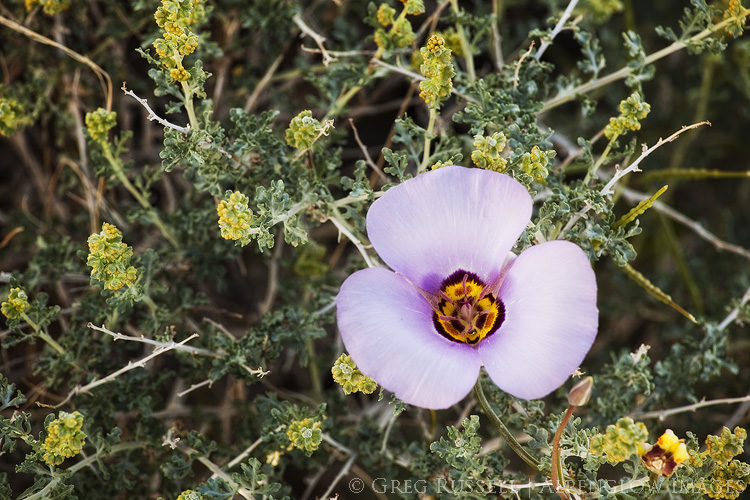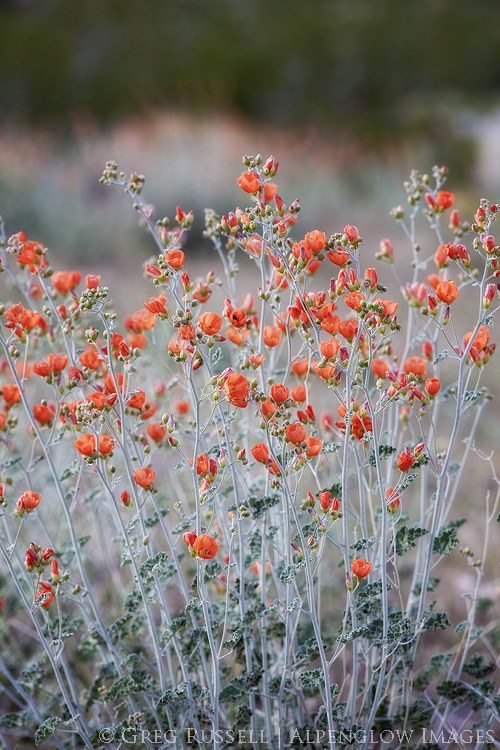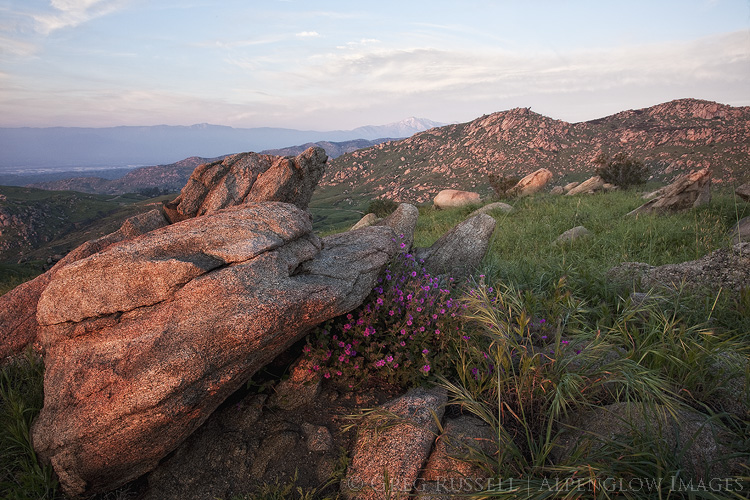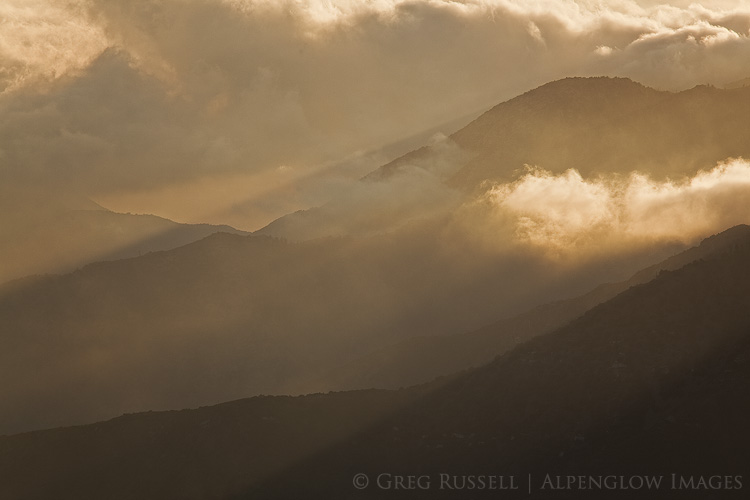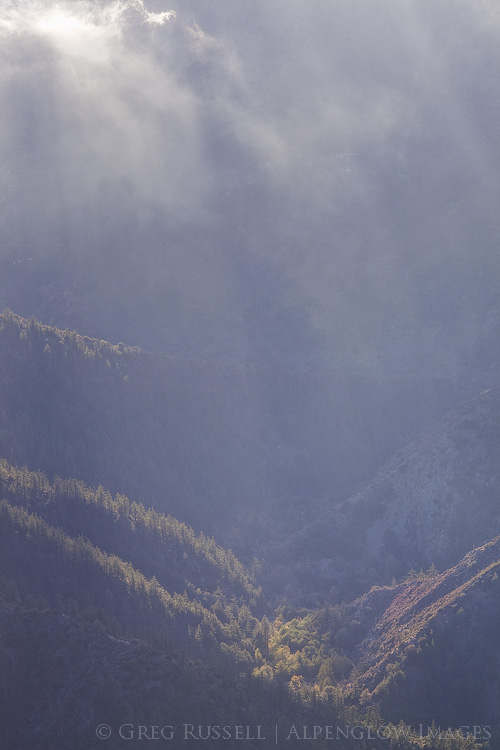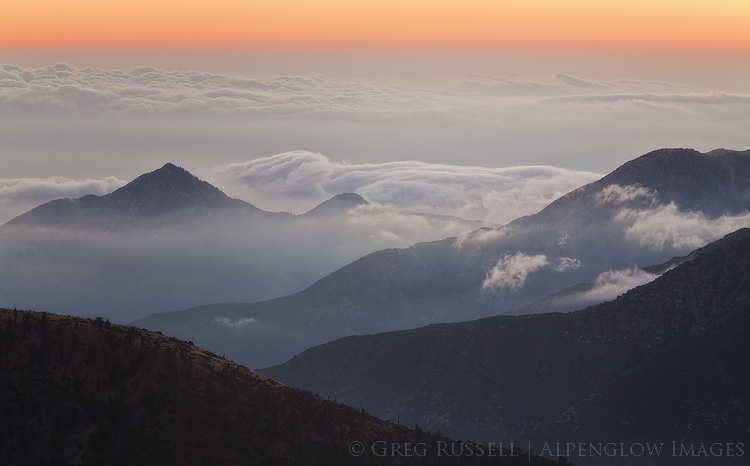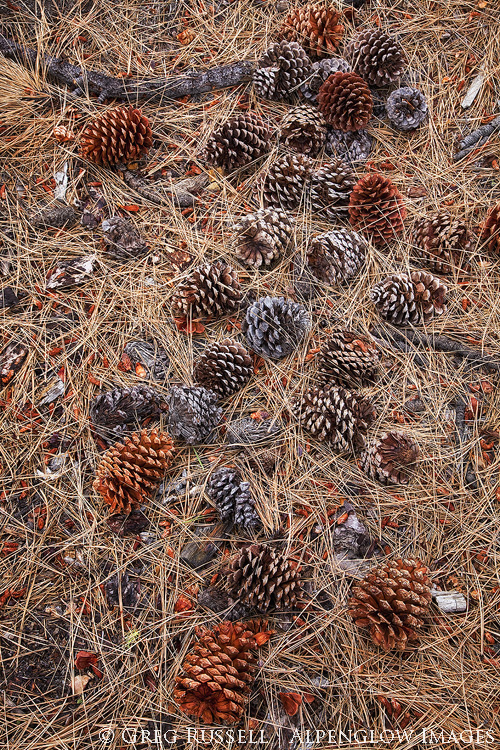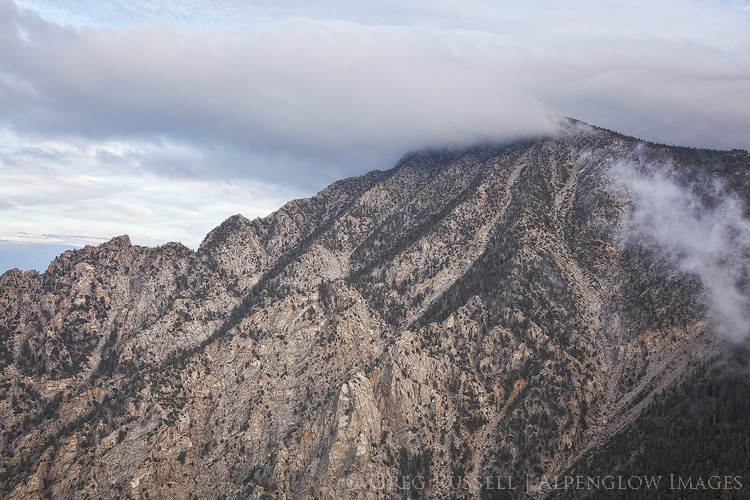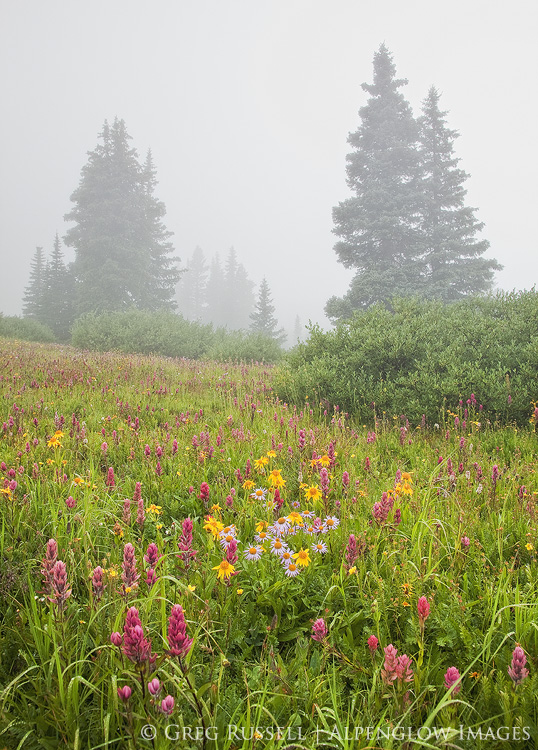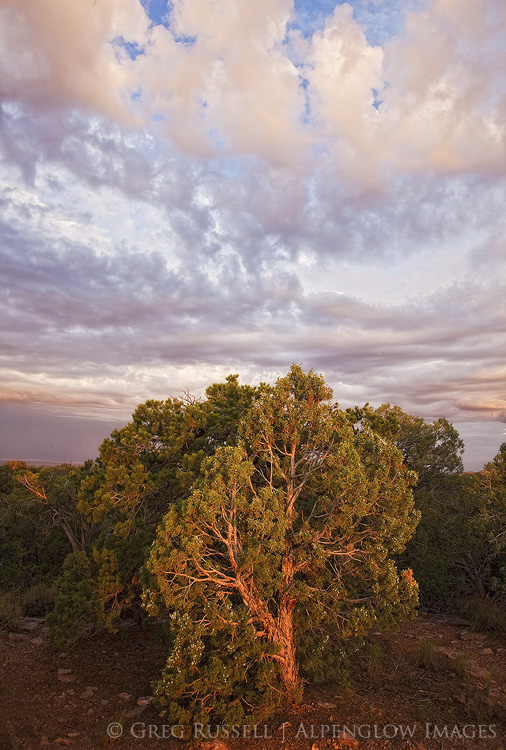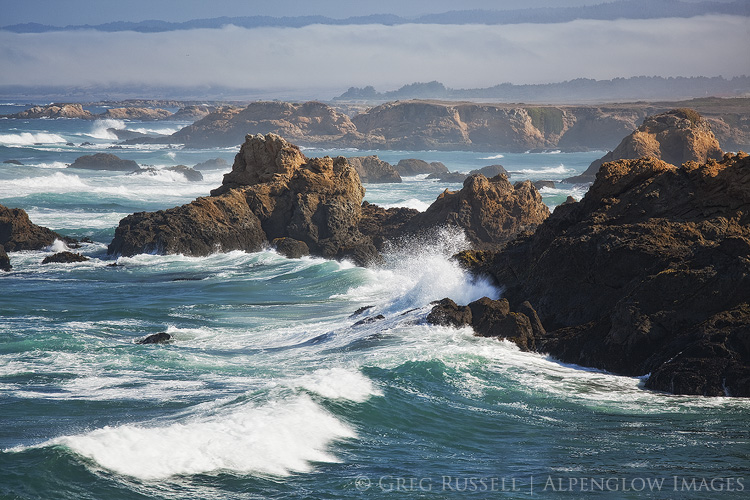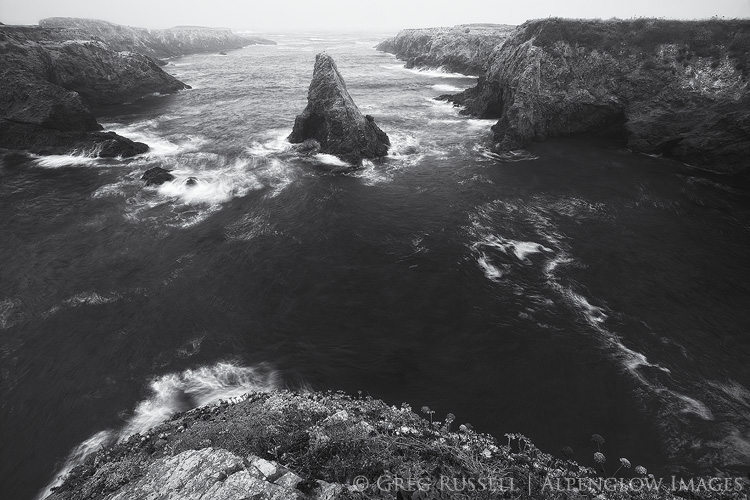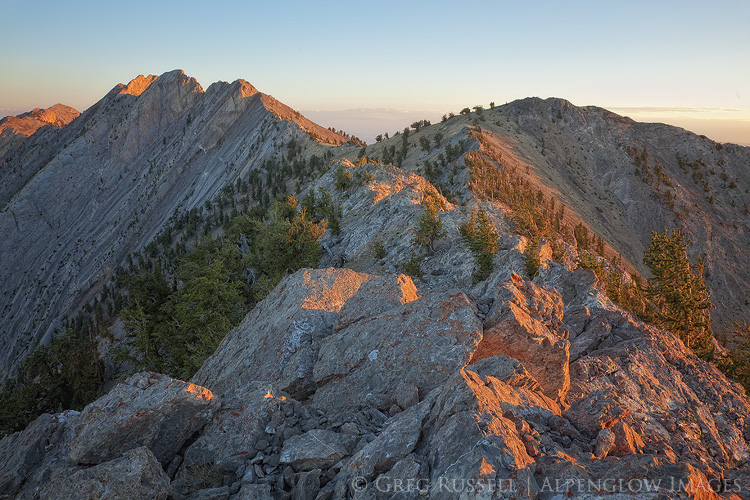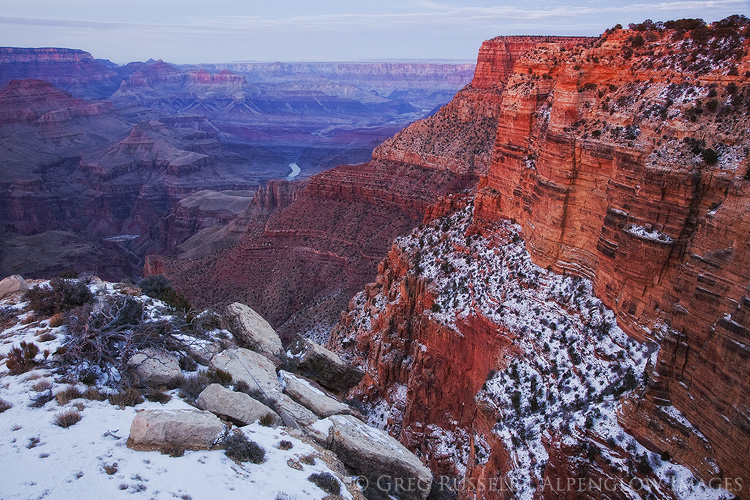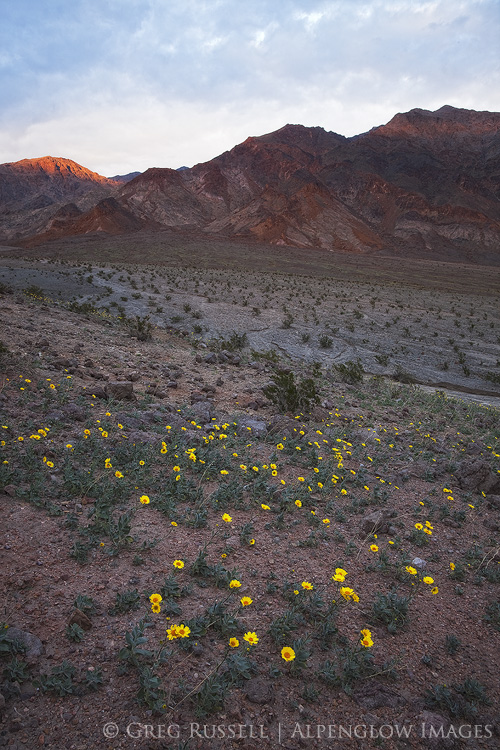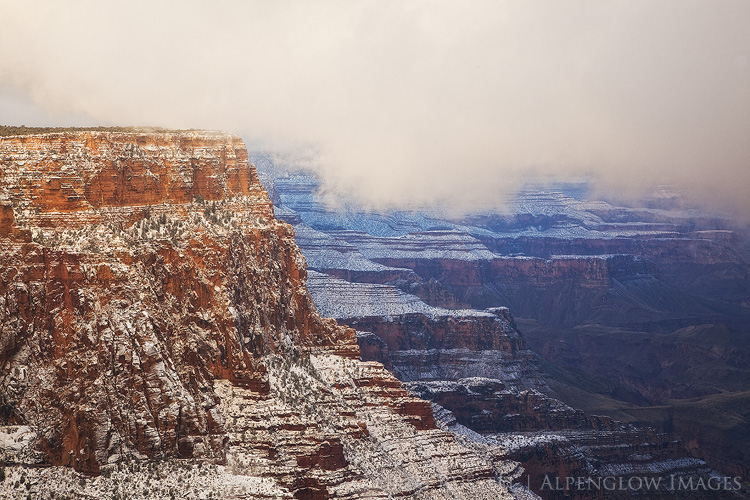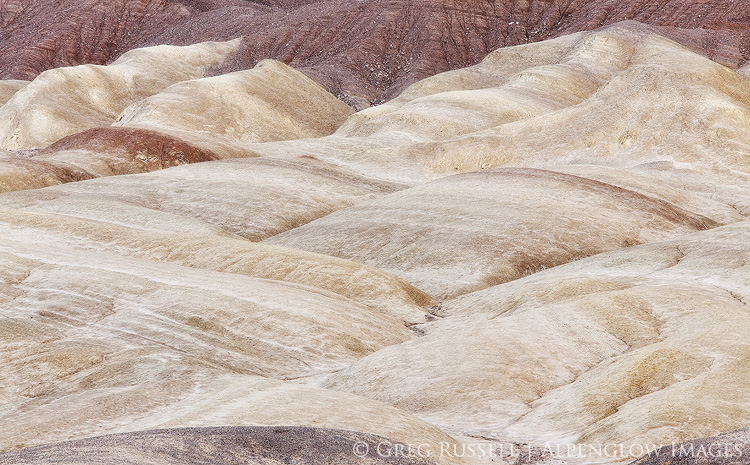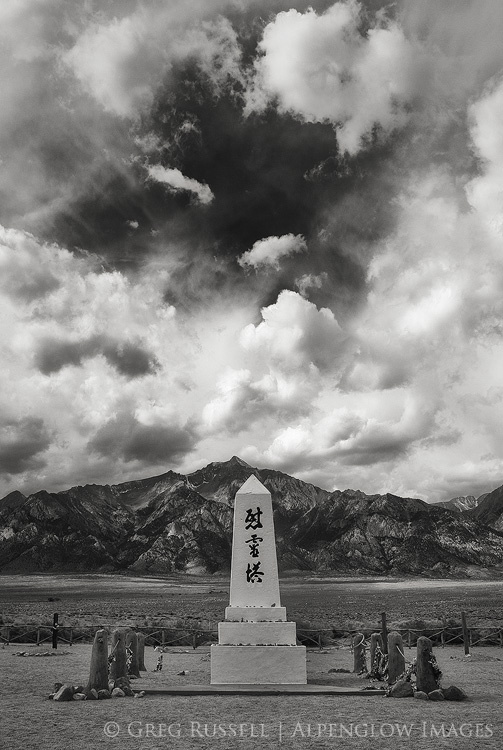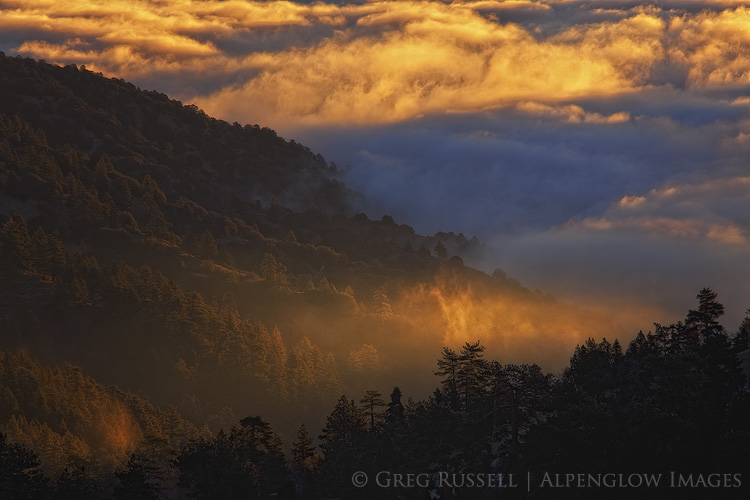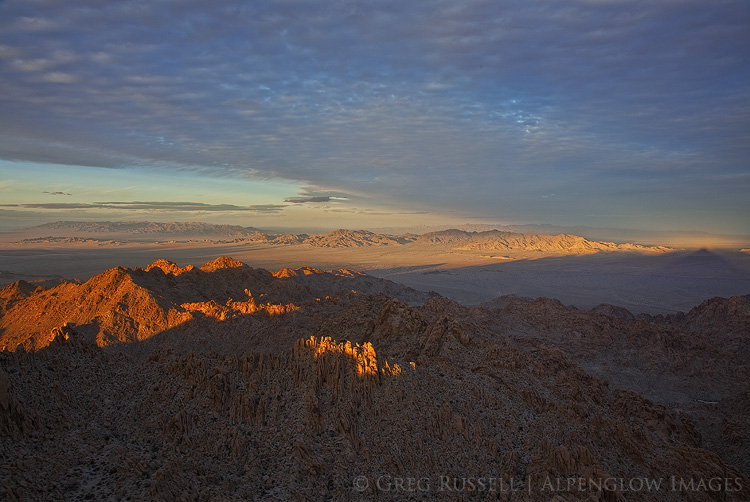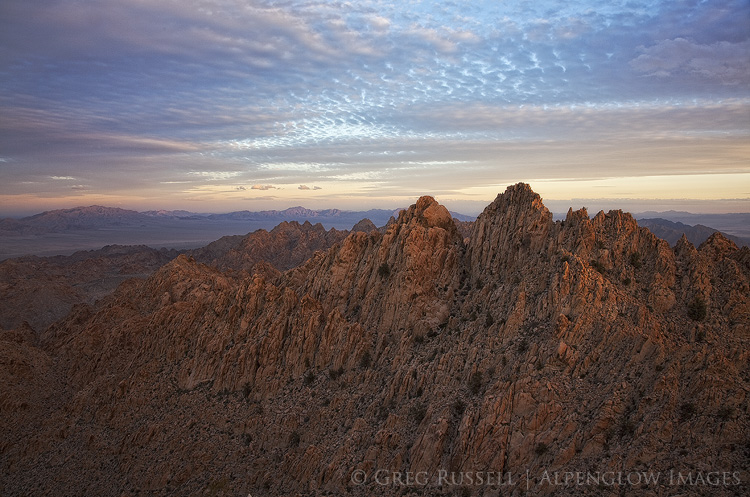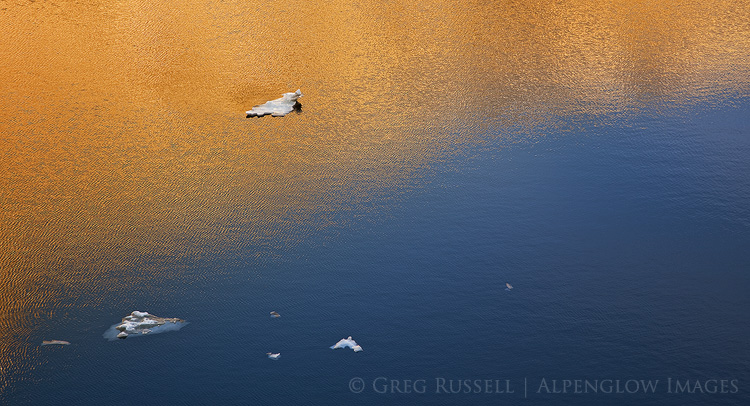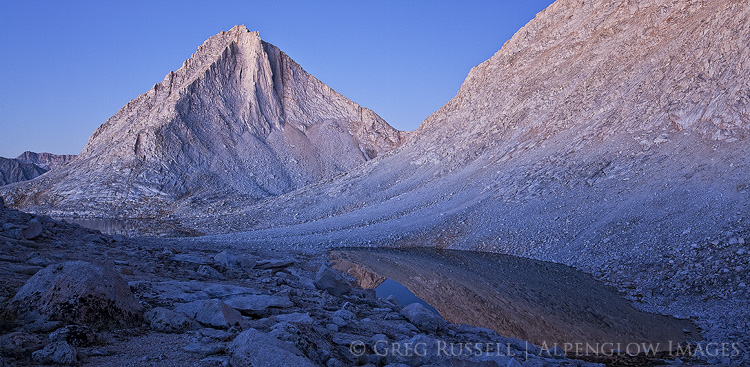This is my eleventh hour letter to the Secretary of the Interior. As Edward Abbey wrote, my vox clamantis in deserto, my voice crying in the wilderness.
Today is the final day to submit your comments on Executive Order 13792, which orders a review of all national monuments established since 1996. This review is to ensure that they were created in accordance with the original intent of the Antiquities Act of 1906. The most pressing national monument “under review” is Bears Ears, although there are many others, several of which are in the West. Please make your opinion heard; it is the only way for the the Secretary to hear our thoughts on this matter. You can read my other thoughts on this in these blog posts (here and here).
Comments may be submitted online at http://www.regulations.gov by entering “DOI-2017-0002” in the Search bar and clicking “Search,” or by mail to Monument Review, MS-1530, U.S. Department of the Interior, 1849 C Street NW, Washington, DC 20240.
Mojave Trails National Monument
With July 10th looming closer, I decided to spend the part of the weekend in the desert, photographing monsoon thunderstorms. Perhaps more than that, I simply wanted to be out on my public lands. After considering where the storms were moving, I ended up on the western edge of Mojave Trails National Monument, one of the monuments currently under review by the Department of Interior. While the scenery did not disappoint, a small foible of my own began a series of events that has caused my view of our National Monuments to evolve.
Mojave Trails is just a little less than 2 years old, and protects a very large swath of the Mojave Desert in southern California. The Cadiz Dunes and parts of historic Route 66 are two highlights of the monument, but there are countless other mountain ranges and valleys, each with their own bits of natural wonder and history. The casual observer may see only miles of desolate, lonely creosote in Mojave Trails. However, a 2014 study published in the scientific journal Nature identified the Mojave Desert as a huge sink for carbon–in other words, the plants here do an incredible job of removing carbon from the atmosphere, thus curtailing global warming. Uninterrupted patches of desert are even more important than we originally thought.
A Sandy Situation
After entering the monument, I pulled off the highway, ate lunch, and continued down a long dirt road. My plan was to get as close to Ship Mountain as possible, for views of the Sheepshole Mountains, as well as the Cadiz Valley to the east. With temperatures well over 100 degrees, I was content to enjoy the air conditioning while I enjoyed the scenery.
Like most backcountry roads in the Mojave, I encountered several patches of sand, which I floated through effortlessly. Then, I got to the big sand pit. As soon as I realized I shouldn’t be there, I put the car in reverse and floored the gas. All I got was a giant dust cloud. I realized I was stuck immediately, so I used some wood I found to try to build a bridge for my car’s tires. Still nothing. I found something I could dig with, and actually got to a hard bottom of the sand, but my tires still couldn’t find purchase. I tried everything I could think of, but it soon became clear that I needed help.
It’s time for me to dine on crow for a bit, and admit that I screwed up. Although I normally am very aware of my limits, I was in a 2WD vehicle on a backcountry road, and did not have the proper equipment (like a shovel, or an air pump so I could deflate my tires) to extract myself. However, I did have a full tank of gas (for air conditioning), a GPS messenger, and lots of water and food. More importantly, I had cell service.
I called my girlfriend to ask her to call AAA for me, hoping they would be able to send a wrecker to pull me out. Of course, the nearest service wanted $1500 for their time, so that wasn’t an option. Still, my girlfriend and her dad drove out to pick me up, and we left the car for the night.
On our way home, we stopped for dinner, and happened to ask our waiter (somewhat jokingly) if he knew anyone with a 4×4 who would be willing to pull me out. Turns out he did! We got into contact with an entire network of good samaritan off-roading enthusiasts who pull people like me out of sticky situations for free. I posted my GPS coordinates and a description of my problem on one of their forums and within minutes I had several people willing and ready to help. The next morning I met two servicemen stationed in Twentynine Palms, and they had me out within minutes. We even stopped on the way to my car so they could help another motorist in need.
The cost of their goodwill? A handshake.
Our National Monuments as common ground
Even today, writing this, I’m blown away by their simple willingness to help, and wanting nothing in return. They would have driven anywhere to help me, and one of them even offered to come help me at 3am, before he realized I had gotten a ride out for the night. This neighborly goodwill and cooperation is what Daniel Kemmis writes about extensively in his excellent book, “Community and the Politics of Place.”
Although I likely won’t cross paths with those men again, I am thankful for their selfless willingness to help. I am also reminded of the common ground that brings us together: our public lands. While they enjoy a different activity than I do, our monuments and backcountry views bring both of us outdoors, together.
In the same way the Mojave Desert plants create a healthy ecosystem, there is another community of outdoorsmen that is simply thriving. In a time when we are feeling idealogical and political rifts more than ever, I believe it’s more important than ever to seek common ground, make connections, and make our collective voices heard.
There are only a few hours left to do just that. Mojave Trails, just like the other monuments under review, deserves to be protected for countless reasons. Have you submitted your comments yet?

